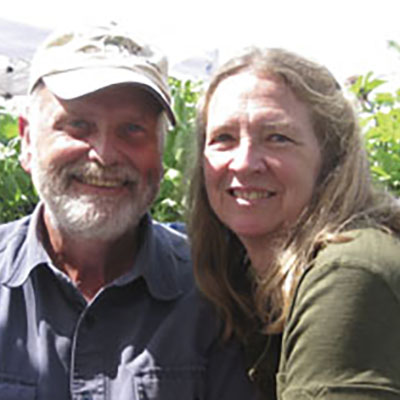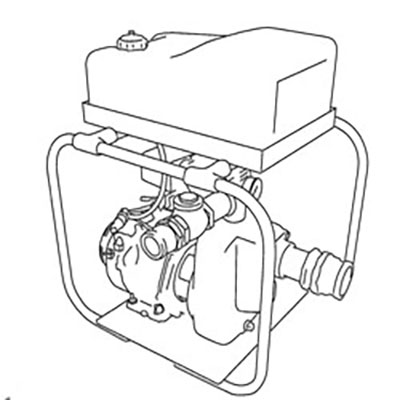Eliot Coleman has been a practitioner and proponent of local food production for more than 30 years. His books The New Organic Grower and Four Season Harvest have been enormously influential and helpful to small-scale vegetable growers. His new book, The Winter Harvest Handbook, proves that he continues to experiment and innovate - and that he is meeting with considerable success, with gross revenue of $80,000 per acre on his coastal Maine farm.

The Winter Harvest Handbook provides an update of Coleman's ongoing efforts to extend the season year-round through the use of unheated hoophouses, minimally heated greenhouses, and the "quick hoops" described in the preceding excerpt. He provides extensive details about his methods, materials, varieties, and scheduling. For a grower in a climate similar to Coleman's, this book may be a prescription for success. But growers in other climates will find much of benefit, too. Coleman's talents include being a creative thinker, methodical experimenter, and lucid writer. He provides results and analyses that can be applied to vegetable production everywhere.
The key to successful winter production in a cold climate is a hoophouse with row cover held on wire wickets above cold-hardy crops such as spinach, carrots, leeks, and salad mix. Since beginning commercial winter production in 1995, Coleman has experimented with numerous aspects of the system - aluminized cloth for heat retention; lightweight versus heavy row covers; single versus double poly hoophouse coverings. He covers hoophouse design, including variations on his movable greenhouses, summer use of hoophouses, pest and disease control, fertility, varieties well-adapted to hoophouse production, and scheduling to ensure year-round harvest.
New and aspiring farmers should read both Winter Harvest Handbook and The New Organic Grower to learn Coleman's system in its entirety. From experienced farmers, the question I am hearing about this new book is whether there is enough new information to justify buying it. Frankly, I did not have time to re-read Coleman's earlier books (which include the self-published booklet Winter Harvest Manual) and carefully compare them with The Winter Harvest Handbook, so I can't pinpoint the differences. I will say that although we have been growing in high tunnels for seven years, I found a lot of new information in this book. When I consider that we have spent thousands of dollars on our structures, I would be foolish not to read it. One idea, one labor-saving tip, one money-saving source, would more than justify the $25 price of the book.
For example, people often ask whether they should cover their unheated hoophouses with a double layer of poly. Coleman concluded that it is justified only in houses where he was sowing new crops from Dec. 15 to Feb. 15. For overwintering and season extension, the double layer had no effect on crop quality. Had I been inclined to add a second layer of poly, now I won't, and will save hundreds of dollars and resources. For another farmer, that tidbit might be the key to thousands of dollars of early revenue.
The Winter Harvest Handbook is a beautiful book as well as a useful one. Published by Chelsea Green it offers elegant design and full color photography throughout that serves to both inform and inspire.
The Winter Harvest Handbook is, quite simply, a gift to all of us who aspire to make a livelihood growing vegetables for local markets.
The Winter Harvest Handbook can be purchased here.














